Examples of paper and other roll-shaped cargoes
In the case of newsprint, it is important for the container floor to be absolutely clean. Even the smallest amount of dirt from the floor could bring a printing line to a standstill if it becomes pressed into the rolls. Kraft paper or the like is recommended as floor dunnage. Friction-enhancing materials may also be used under the load, corresponding at least to the cross-sectional areas of the rolls.
 |
|
| Compact packing for roll diameters of 1,300 mm |
Packing of paper or kraftliner rolls is problem-free, if the diameters allow absolutely compact packing, as is the case here for rolls with a diameter of 1,300 mm.
 |
|
| Gaps left in the case of roll diameters of 1,500 mm |
Where rolls have diameters of, for example, 1,500 mm, gaps are left. For reasons of load distribution, these must not be left in the door area, as here.
 |
|
| Bracing of a gap for roll diameters of 1,500 mm |
The first two rolls are loaded The third is placed in the position of the last roll and the semicircle of the roll which points forward and to the middle is traced on the floor with chalk. Roll three is then brought into its final position. Wooden bracing is applied and fixed between rolls two and three. Roll four completes the packing operation.
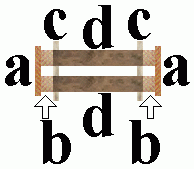 |
Wooden bracing for bracing rolls - plan view |
The bracing consists to the left and right of a wide board (a), to each of which two beams (b) have been nailed vertically. Transverse boards (c) or beams are nailed to these beams at quarter and three-quarter height of the roll, and serve as supports for the bracing members (d).
To ensure that the bracing does not change position, it is essential for it to be fixed, but how this is done depends on the conditions in the container.
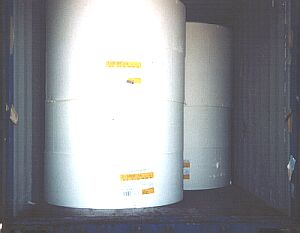 |
|
| Small gap in the door area with roll diameters of 1,425 mm |
Even a relatively small gap should be closed, while absolutely avoiding point loads.
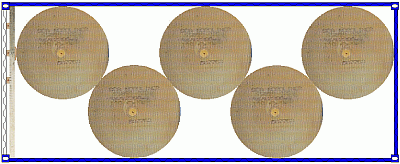 |
|
| Bracing of a gap in the door area - plan view |
A board is positioned vertically against the center of the roll(s). Squared lumber is fitted transversely between the container corrugations at quarter and three-quarter height, and if required also in the middle. Boards, beams or squared lumber are fitted in perpendicularly thereto in such a way that the remaining gap is filled as far as the door leaf.
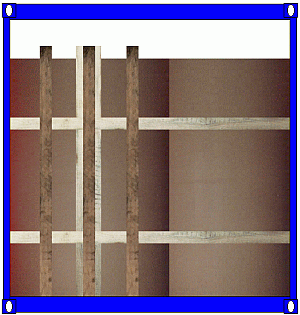 |
|
| Bracing of a gap in the door area |
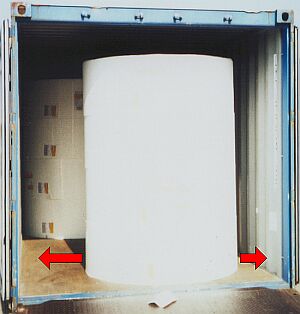 |
|
| Inadequate packing of paper rolls |
Under no circumstances should gaps be left on both sides, unless they are filled in.
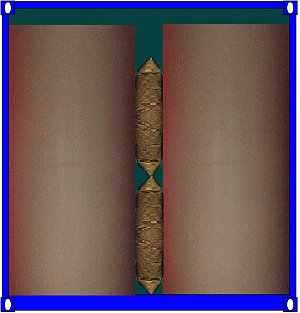 |
|
| Paper rolls secured with airbags - end-on view |
Vertical rolls can be secured cheaply with airbags if the gaps left are narrow, e.g. approx. 20 cm.